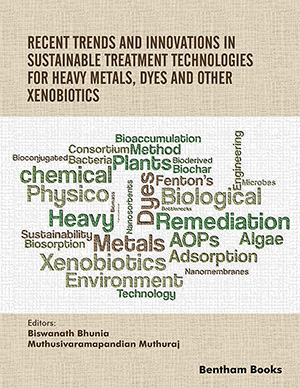Abstract
SHS investigation development is considered from the geographical and historical viewpoint. 3 stages are described. Within Stage 1 the work was carried out in the Department of the Institute of Chemical Physics in Chernogolovka where the scientific discovery had been made. At Stage 2 the interest to SHS arose in different cities and towns of the former USSR. Within Stage 3 SHS entered the international scene. Now SHS processes and products are being studied in more than 50 countries.
Abstract
The present review draws on a wide range of resources available on
bioderived, bioconjugated, chemisorption technologies and strategies known for
degradation of heavy metals. The prevalent escalation in application of heavy metals,
chemically synthesized dyes and xenobiotic compounds has created major
environmental disruptions. Industries, mining, vehicles, and household activities
release heavy metals and their derivatives into a multitude of water resources.
Contaminated water provides an easy ingress of these contaminants into human and
animal system resulting in exposure related disorders like mutagenesis, carcinogenesis
and other serious health issues. Minimization and management of such chemicals
demands high end technology, equipment, time, effort and cost. Thus, the less
demanding but more effective strategy would be adoption of biosorption, using whole
plant/microbial cells, components, derived and/or synthesized materials to convert
toxic compounds/metals into less toxic forms. This review documents, critically
analyses and collates heavy metals from mining, processing and industrial effluents
followed by remediation technologies based on plants and microbes. Each section in
the latter is discussed in detail with relevant examples that illustrate biosorption,
bioderived, bioconjugated, chemisorptions, and bioremediation strategies. In the final
analysis, though plant materials exhibit efficient removal strategies, particularly when
augmented by nanomaterial conjunction, the commercial scale and viability remain to
be validated
Keywords:
Biosorption, Bioderived, Bioconjugated, Bioremediation, Chemisorptions.
We recommend

Authors:Bentham Science Books






